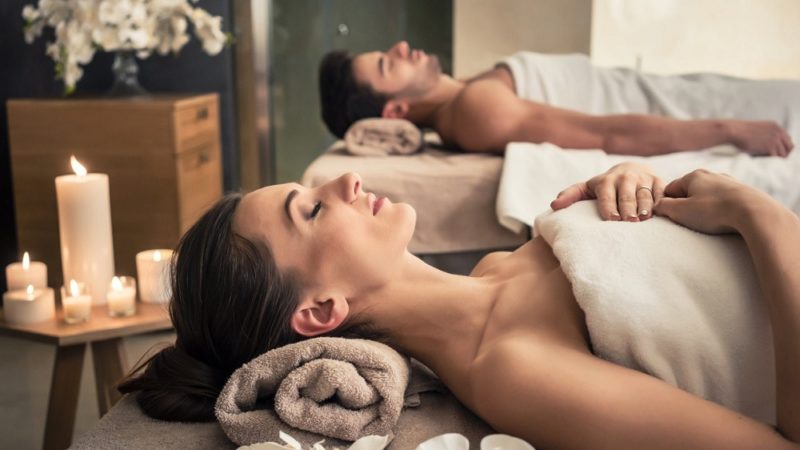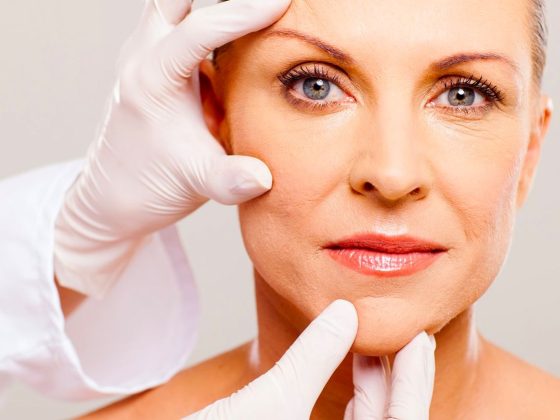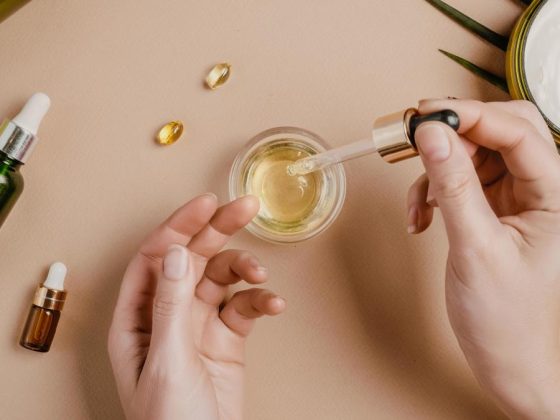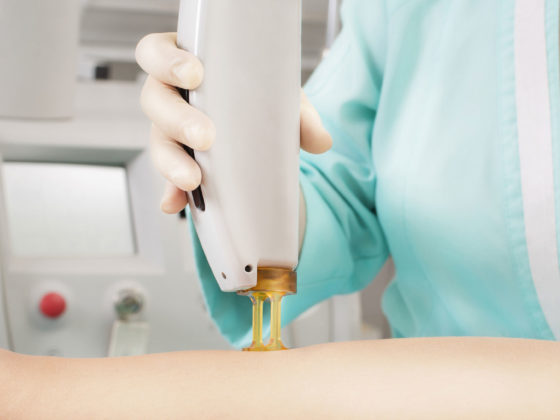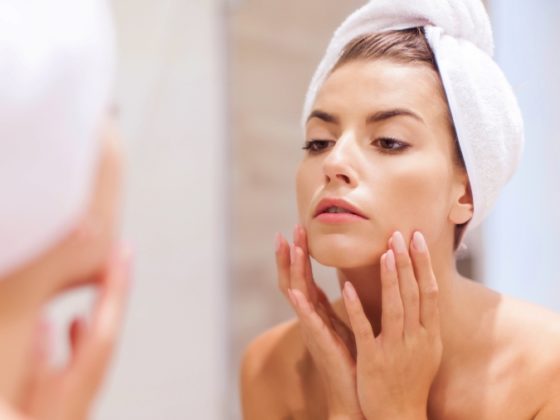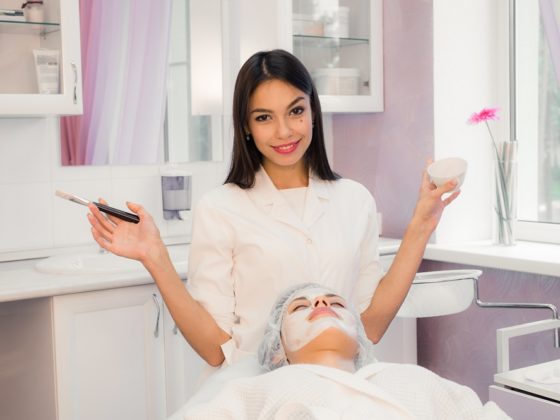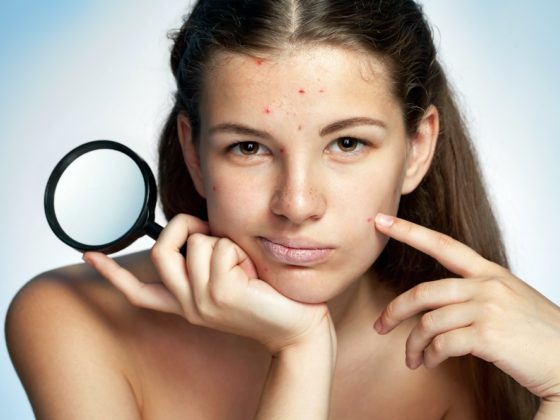The difference between a fad and a trend is simple: a fad fades quickly, while a trend can last for years, or even decades. In skin care, we’ve seen fads come and go—beer bath, fish pedicures, snail facials, snake massage, and vampire (blood) facials. These fads do not last, especially when they challenge state legislation and Occupational Safety and Health Administration (OSHA) laws. General trends, however, hang around and influence the market. Know the trends and you’ll know what to expect for at least the next year and beyond. Understanding this, there are eight top trends that have developed within the last few years that will dictate much of what we will continue to do in our treatment rooms and for our customers for years to come.
Millennial Client Focus
Millennials, or those who were between ages of 26 and 40 in 2020, now number 75.4 million, according to the US Census Bureau. Why is this significant? Because it surpasses the current number of baby boomers (ages 51–69), who number 74.9 million. Baby boomers have long been the focus of the spa and skin care industries; however, this new population shift will only turn more toward the younger set as time goes on. This means that millennials have managed to slowly change the face of commerce and will continue to shape the way spas do business.
Millennials work, rest, and play far differently than their parents. In a nutshell, this generation demands mobility, can be fickle, and is extremely tech-savvy. As a whole, it’s a generation concerned about social justice, that needs extreme efficiency, and that will find ways to get what it needs on its own terms. Think custom facials, Twitter followers who book when you make a shout-out for availability during in-demand hours, mini services that fit into the lunch hour, and sustainability programs. Millennials have pushed the envelope for owners who are resistant to technology, apps, and having a virtual presence. Millennials demand transparency on ingredients, pricing, products, and simplicity.
Read More: Skin Care Solutions for Teenagers & Acne-Prone Clients
Incorporate this trend: Downsize your menu offerings. Post prices. Encourage online reviews and respond to them immediately. Become proficient with—and even enthusiastic about—technology.
Added Value in Products & Treatments
Treatments that offer more bang for the buck will rule over fads that include expensive ingredients or lines. This means services based on science that quickly produce visible results will rule. Today’s technology allows every smartphone customer to immediately find the best deal in the neighborhood with the best reviews and price per service. Value is measured in attention to detail, cleanliness, customer service, longevity of results, and the need for maintenance. Value-added ideas include $20-and-under add-ons that visibly boost services, collagen-building services, microneedling, and strategic spot peels.
Incorporate this trend: Promote a monthly service that has strong science behind it. Create a mini add-on list of eye treatments, facial-boosting masks, or spot peels.
Data Mining With Technology
More and more, data will allow spas to track what their customers do, like, buy, and respond to. With so many ways to track clients, 2020 will be the year to make it work for even the smallest of businesses. Spas, for a long while, have been able to use their computer software databases to filter client information—albeit manually. Newer software options allow spas to see real-time information broken down in myriad ways and automatically integrate internet marketing on social media and review sites. They also allow push notifications, email and texting, and mobile app options. Cloud-based technology allows owners to see data at any time, from anywhere. Mined data is now used with point-of-sale and customer-service databases to build business, rather than just track it. Find examples of these types of databases at sales.vagaro.com, www.rosysalonsoftware.com/features, or www.salonbizsoftware.com.
Incorporate this trend: Take advantage of these services to learn who your customers are, and then create a plan to keep current customers and attract new ones through service offerings or discounts, as well as direct marketing through texting and social media.
Spa Stress Relief
Stress relief is without a doubt the most ubiquitous trend globally and is a mainstay movement that will only continue. Technology, long commutes, global terrorism, political unrest, and financial instability have all induced exogenous stress— stress from external situations—that is felt both consciously and unconsciously. According to Howard Murad, MD, of Murad Skin Care, this kind of stress is making us all unhealthy and older, faster, as we have less ability to cope with normal everyday stress. Scientific studies show that stress can shrink the brain, damage DNA telomeres, and increase the risk of developing diabetes, cardiovascular disease, and even cancers.
Spas can reduce stress, at least temporarily, by providing clients a little escapism with sanctuaries to get away, relax, and recharge. Customer service techniques, high-touch services, and mind-body therapies are prominent trends for a society desperate for some relief.
Incorporate this trend: Add a de-stressing segment to each service, such as a quick neck rub, hand treatment, eye and eyebrow relaxation treatment—think high touch, such as massage and sensory services.
Self-Improvement
This trend forms the traditional core of the spa industry; all other trends are off shoots of this singular, enduring objective. Clients want to be the best “them” they can be. These services, which will never go out of style, are your basic acne treatments, anti-aging facials, and chemical exfoliation services. Self-improvement will also incorporate life-balance topics for clients to become more well-rounded through mind, body, and spiritual experiences. Illustrating this trend, many spas have opted to open before 9:00 a.m., stay open until 9:00 p.m., offer mini services during the lunch hour, and even go mobile as they take their services to businesses.
Incorporate this trend: Be sure that all services have a component that shows visible and immediate “feel-good” results. Consider adding workshops or seminars that can educate clients. Host guest speakers. Also consider your business hours and partner with area corporations for mobile services.
Natural & Organic Beauty
At least some services will move outdoors, whether it’s a mindfulness class on a sunny terrace; a meditation, tai chi, or massage area in the shade of a palm; or a yoga class with a view. The reverse is also true: spas are bringing nature into as many services as possible, through the use of indigenous ingredients hand-blended for fresh, custom treatments. Natural lines made with real food ingredients as well as organic offerings compounded in the treatment room off er a unique experience for clients who seek a more down-to-earth experience.
Incorporate this trend: This can be as simple as a private, open window with a view to an inner courtyard. Add plants and earthy accessories to the room. Consider compounding a few natural ingredients for add-ons, such as flaxseed eye gel.
Ancient Rituals & Spirituality
Globalization has increased in just about every industry because of our connectivity. International treatments, ingredients, and methods have made it to our shores and we’ve incorporated them into our repertoire of services. From homegrown Native American treatments and rituals to Asian techniques, it is customary to find a European facial, Finnish cryotherapy, Indian ayurvedic shirodhara treatment, or Northern Thailand Tok Sen massage among today’s spas. New formulations are old ingredients known for their use in local areas for generations, and are clean, organic, and free of man-made compounds. Along the same lines, body, mind, and spirit journeys focused on transformative powers of spiritual wellness will continue to be added to menus through techniques that feature mindfulness, healing, or energy meditation. Clients will continue to seek otherworldly meaning and inner peace. Spas have incorporated services that focus on well-being, such as ayurveda, energy work, naturopathic and holistic services, and yoga.
Incorporate this trend: Take a look at what your competition is doing, and do something different. Use Tibetan bowls, soothing chanting music, meditation, or prayer rituals to enhance customers’ experiences.
Beyond the Facial
According to the 2019 International SPA Association (ISPA) Report on Consumer Insights, day spa customers spent about $91 in one visit in 2018, up from 2017. Growth for the spa industry has been steady, if a bit slow. From 2017 to 2018, ISPA’s report indicates that the industry increased by about 5 percent. Understanding the need to compete for revenue dollars, spas are thinking beyond the basic facial, adding seasonal retail items such as fragrances, jewelry, and wardrobe accessories, as well as special services like body treatments, eyebrow and lash design, makeup bars, and waxing rooms.
Incorporate this trend: Hire or partner with professions in specialty fields to expand your offerings, or specialize yourself. The current explosion of holistic spas, lash spas, makeup studios, and waxing salons shows the demand for experts.
Of course there’s no crystal ball, but based on where we’ve been, it’s clear to see where we’re going. The face of our customers is changing, with millennials at the forefront. Still, several things remain true: clients want and need stress reduction, visible results, and self-betterment. Ultimately, clients will continue to seek your advice and expertise for inner and outer well-being, and technology will allow us to discover exactly what that means. If you continue to refine these tried-and-true trends, you will successfully respond to your client in exciting, forward-thinking ways.
References:
- Singh, A., & Yadav, S. (2016). Microneedling: advances and widening horizons. Indian dermatology online journal, 7(4), 244.
- The International Spa Association: Research. Retrieved from https://experienceispa.com/resources/research.
- United States Department Of Labor. Retrieved from https://www.osha.gov/workers/
